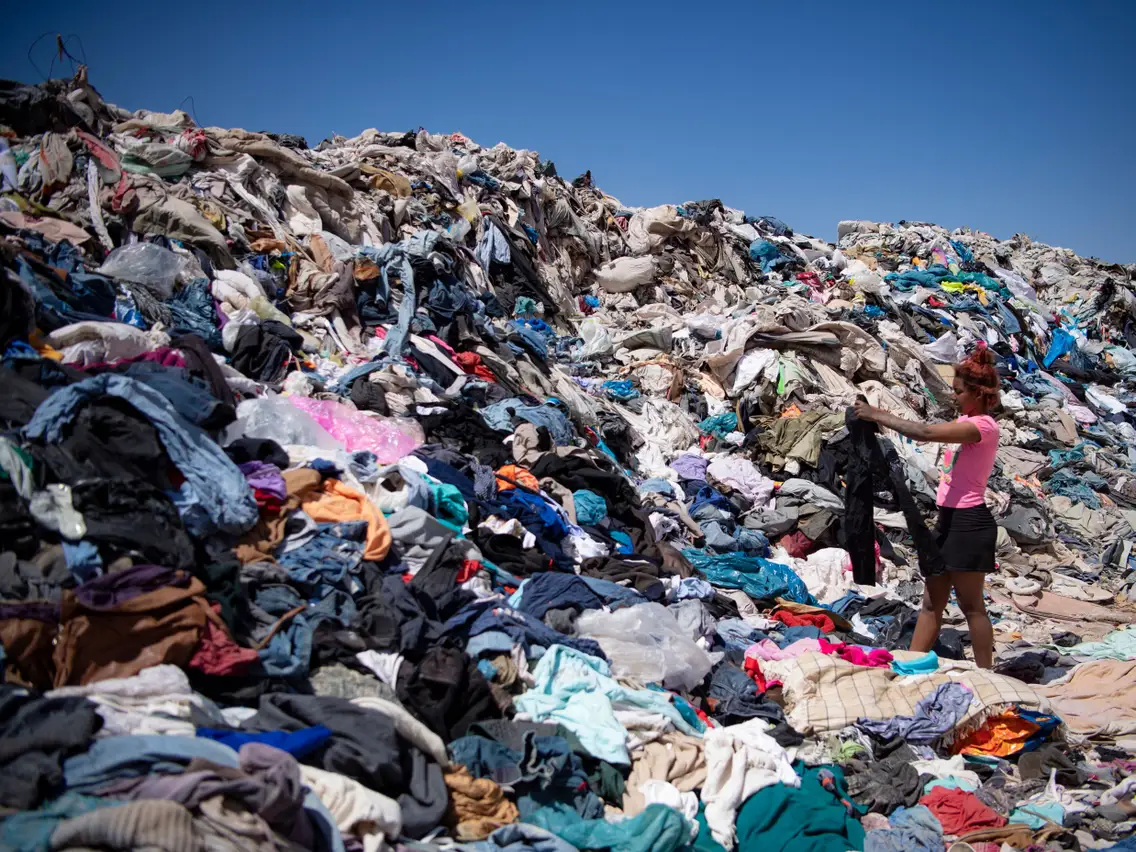Can Fast Fashion be eco-friendly?

Most sustainable products are for the class and not the mass. While efforts are being made to make sustainable products more accessible and pocket friendly, the question arises that “Can it ever compete the booming popularity of fast fashion brands like Zara and H&M?”
By definition Fast Fashion refers to products that are cheaply produced in bulk and copies the latest catwalk styles and trends. They are made available to customers at inexpensive prices which makes them easily replaceable promoting throw away culture. The negative impact arises from production of cheaper goods which leads to increased sales and shorter life adding up to more textile waste.
Some brands have romanticized the idea of shopping and gifting so much so that people have started considering it a form of self care. Let’s be real, we have all faced the urge of wearing something different every time we leave the house but do we ever take into consideration the impact of our unsustainable choices about clothing when it comes to environment.
According to a research conducted by Business Insider, on an average, people bought 60% more garments in 2014 than they did in 2000. Also, Fashion production makes up 10% of humanity’s carbon emissions as stated by them. It is no secret that fast fashion has detrimental effects on environment in different ways and forms. When we talk about sustainability in fashion, it has three main pillars namely
1. Environmental
2. Social
3. Economy
Following are the impacts of Fast Fashion on the three:
*ENVIRONMENTAL
1. Impacts on water
Textile is an especially thirsty industry, global fashion consumes 93 billion metric tons of clean water each year as stated by Columbia Climate school. Upon that the waste water generated is contaminated with heavy metals, chlorides, nitrates, etc. This can be responsible for soil and other nearby fresh water pollution which can lead to environmental risks like biomagnification and eutrophication when untreated effluent is released into the surroundings.
2. Impacts on climate
According to MacArthur Foundation study, the fashion industry produces 1.2 million metric tons of CO2 each year. CO2 is a major green house gas and along with other green house gases contributes to Global warming which in turn leads to another lot of environmental disturbances. Some synthetic fibers for example Polyester is composed of the plastic made out of fossil fuels and as we are aware fossil fuels are exhaustible resources. All these collectively can lead to climate change.
3. Microfibre and Microplastic Pollution
As mentioned earlier synthetic clothes like polyester, nylon and acrylic are made of plastic so, when they are either washed or some say even dusted they are released in water and air respectively. When they are filtered out in the sludge of waste water treatment plants along with other organic waste and used as fertilizer it can enter the human food chain as well as negatively affect the natural biota of soil.
4. Energy
Altogether, the production of fiber is an energy intensive process and requires massive amount of petroleum and electricity.
*SOCIAL and ECONOMY
Many studies carried out all over the world has proven that fast fashion industry has created societal problems like forced child labor and is one of the best examples of demographic theory of Capitalism wherein the labor class is exploited and paid bare minimum while earning huge profits to the business owners. Many fast fashion brands are emerging now a days as it is a profitable industry and its craze is unmatchable amongst youngsters. While this does contribute to the economy of the country do you think all the demerits should be overlooked?
WHAT ARE THE POSSIBLE SOLUTIONS?
Slow fashion comes up as the foremost reaction to fast fashion problem as it puts hault on the bulk and rapid production. Another sustainable practice that is gaining momentum all around the globe is thirft shopping. Along with that, renting outfits has also become a trend and a great start up idea majorly designer outfits, like come on, have you never thought of owning a thrifted Gucci bag or renting a Sabhyasachi lehenga?
Also brands like H&M has started realizing that circular economy is the future. They have started creating their clothes which promote reuse of synthetic materials and are trying to limit their carbon emissions. Recently Zara has also publicized a list of Environmental commitments including water conservation and reducing waste in landfills.
But do you really think these slow but steady changes can make up for the damage done in the past and the one still happening?
Is it that we are actually purchasing cheaper clothes on expense of poor laborer’s wages?
Zil Bhatt
BSc Environmental science
Maharaja Sayajirao University





